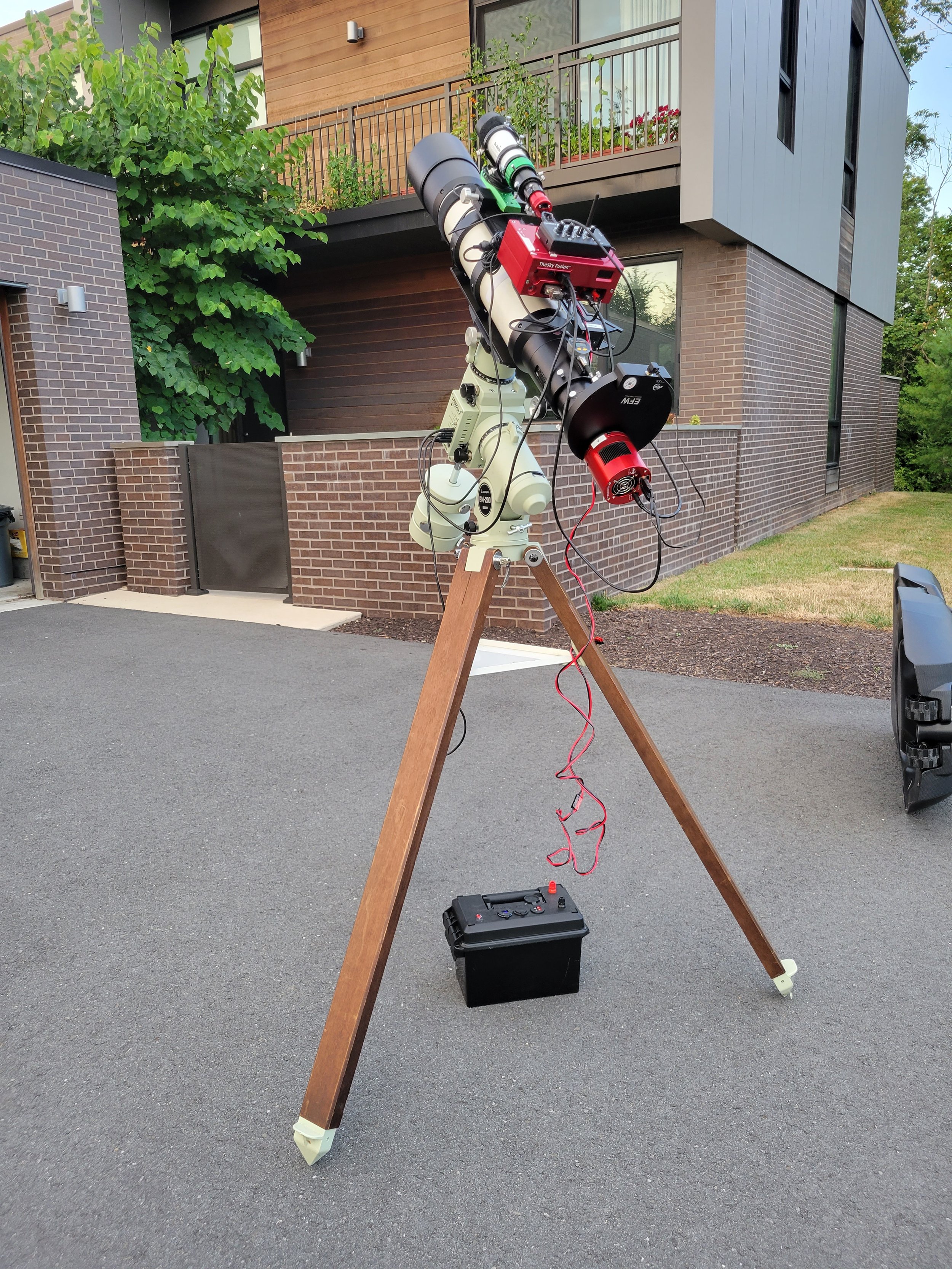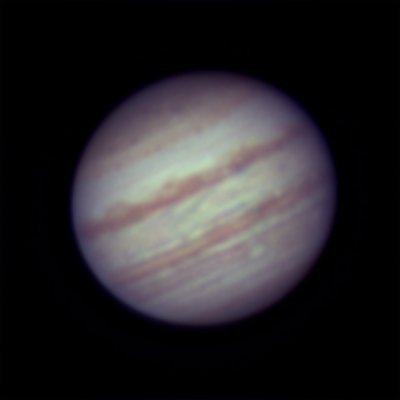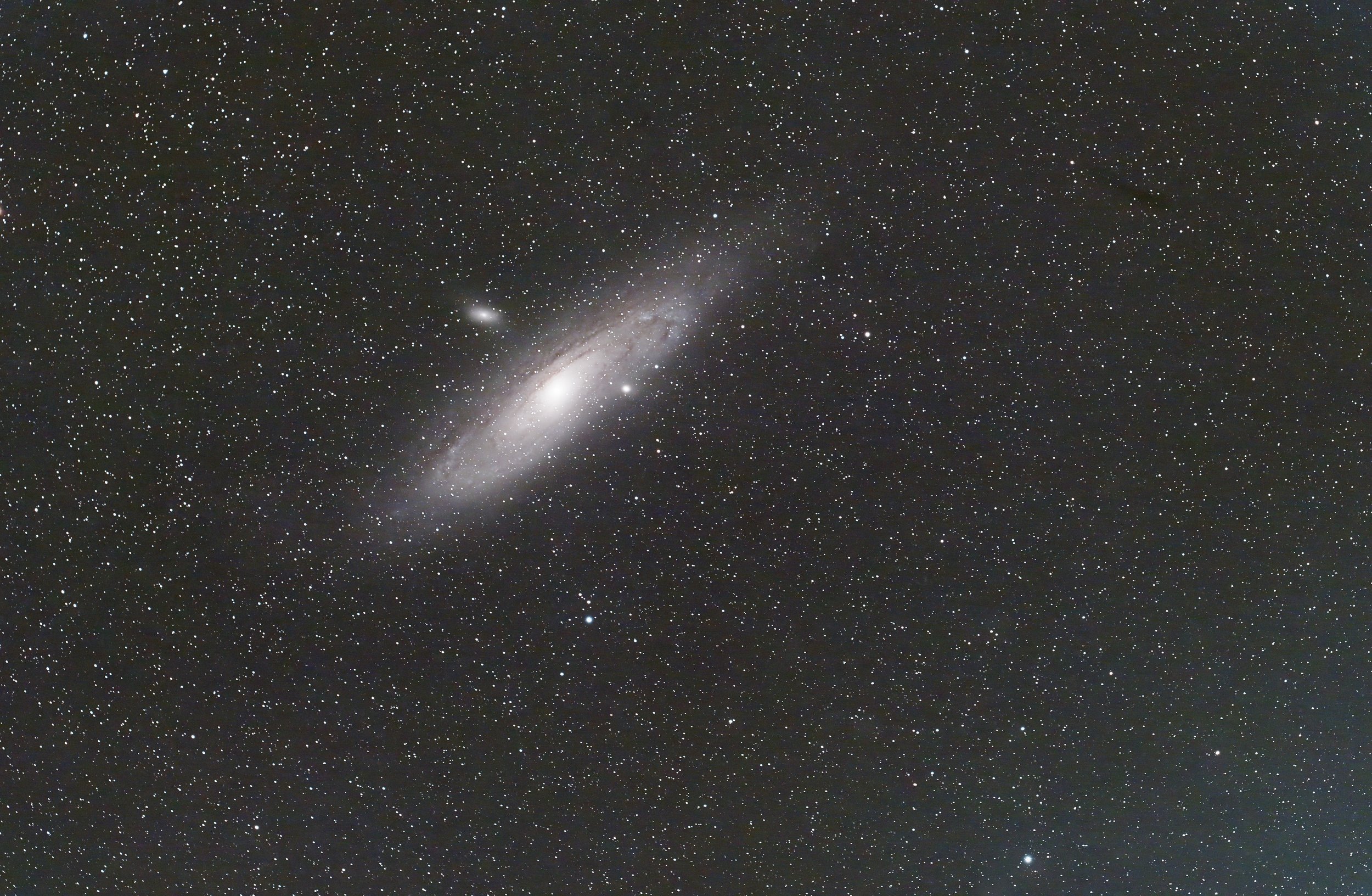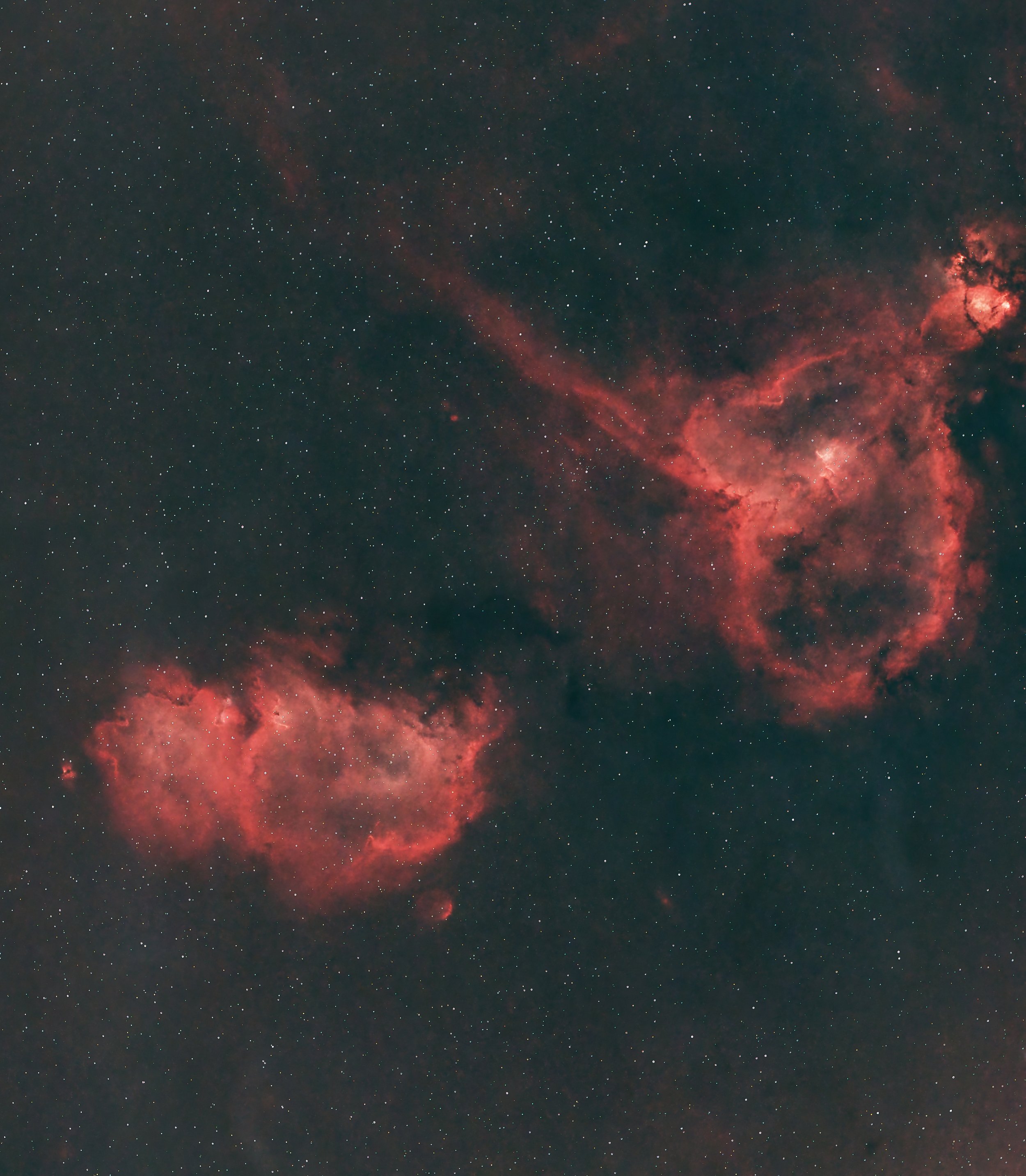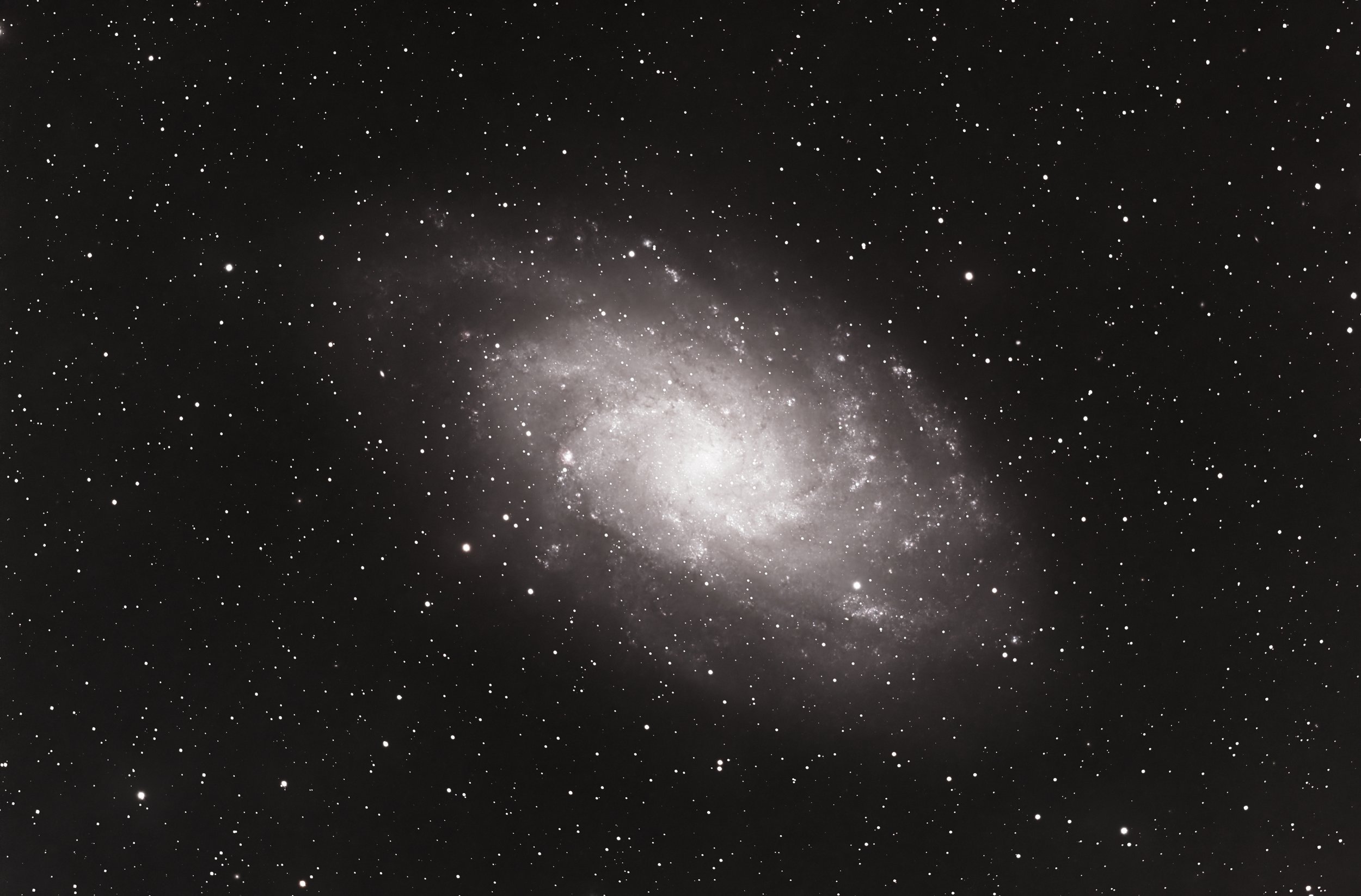6 May 2023
I’ve been working on an article on the perils of relying upon the abbreviated citations found in historical dictionaries like the Oxford English Dictionary without looking up the originals and viewing them in context, and today I nearly fell victim to the same.
A friend of mine was reading the letters exchanged by Virginia Woolf and Vita Sackville-West and came across the following in a letter written by Woolf to Sackville-West on 14 October 1927:
Never do I leave you without thinking, its [sic] for the last time. And the truth is, we gain as much as we lose by this. Since I am always certain you'll be off and on with another next Thursday week (you say so yourself, bad creature, at the end of your last letter, which is where the viper carries its sting) since all our intercourse is tinged with this melancholy on my part and desire to be white nosed and so keep you half an instant longer, perhaps, as I say we gain in intensity what we lack in the sober comfortable virtues of a prolonged and safe and respectable and chaste and cold blooded friendship.
She was struck by the unfamiliar white nosed and wondered what it could mean.
I quickly found the book she had been reading, and I saw, but did not register, that the source, Mitchell Leaska and Louise DeSalvo’s The Letters of Vita Sackville-West and Virginia Woolf, contains only an extract from the letter.
But intrigued by the question I heedlessly plunged forward looking for white nosed in the usual dictionaries and online repositories of texts. That search turned up nothing except that white nosed is frequently used in the names and descriptions of various animals, which clearly was not the sense Woolf intended.
But turning to Joseph Wright’s 1905 English Dialect Dictionary I thought I’d found the answer. According to Wright, what or wot is a dialectal pronunciation of hot. What being found in the West Country, and in particular Devon, and wot being found more generally across England. And what-nosed is a West Country term literally meaning hot-nosed. Francis Grose’s 1790 Provincial Glossary records the following:
What-Nosed, Hot-nosed; red-nosed, from drinking. West [Country].
Woolf holidayed in Cornwall throughout her life, and I concluded that it was likely she had heard the term and, not having seen it in writing, interpreted it as white-nosed. In context, her desire to drown her melancholy in booze, metaphorically at least, at Sackville-West’s absence made sense. In my thinking, she was deploying a dialectal phrase presumably used by those of low social status to mark a relationship that society would disapprove of. She then contrasted its meaning, to be drunk or hot, with the “sober” and “cold-blooded” virtues that society demanded. She would rather drink deep in the presence of Sackville-West, keeping her “half an instant longer” than parting and settling for the staid, respectable relationship expected of them. This was an example of the skill and care that Woolf took in her writing, even in informal correspondence never intended for publication. Or so I thought.
I posted these initial thoughts to the Wordorigins.org discussion forum and received some pushback to my interpretation. But at the suggestion of Languagehat, and this is where I was saved from publishing it some more permanent form, went looking to see if any Woolf scholars had annotated the letter or if Woolf had used the term in other correspondence.
I found nothing in Woolf’s diaries, and then I turned to the multi-volume edition of her complete letters, edited by Nigel Nicolson. I found that this letter was the only one in which she used white nosed, and I finally started read the complete letter, discovering that the letter starts:
“Well thank God Vita aint coming” I said, putting the telegram down with a snort.
“And why do you say that?” asked Leonard, looking up from his pocket handkerchief. To which I had no answer ready: but the true one was: Because my nose is red.
The poor Wolves have been having colds in the head. Mine I caught in a dentists waiting room: but that’s neither here nor there. The point is the incident symbolizes our friendship. Now think carefully what I mean by that. There’s a dying hue over it: it shows the dolphin colours of decay. Never do I leave you without thinking, its [sic] for the last time….
Clearly, her use of white nosed is in contrast to literally having a red nose from a cold, and it simply means that she wishes she wasn’t ill so that Sackville-West could visit.
I nearly got carried away with what I thought was the use of an obscure, dialectal phrase by a great writer.
Now, that leaves me with what the heck does dolphin colour mean?
Sources:
Grose, Francis. A Provincial Glossary. London: S. Hooper, 1790, n.p., s.v. what-nosed. HathiTrust Digital Archive.
Woolf, Virginia. Letter to Vita Sackville-West, 14 October 1927. In Mitchell Leaska and Louise DeSalvo, eds. The Letters of Vita Sackville-West and Virginia Woolf (1984). San Francisco: Cleis Press, 2001, 240. Clarivate: Alexander Street.
———. Letter to Vita Sackville-West 14 October 1927 (Letter #1821). In Nigel Nicolson. The Letters of Virginia Woolf, vol. 3, 1923–28. London: Hogarth Press, 1977, 429–430. Archive.org.
Wright, Joseph. English Dialect Dictionary, vol. 6 of 6. Oxford: Henry Frowde, 1905, s.v. what-nosed, ppl. adj., wot, adj. HathiTrust Digital Archive.
Photo credits: Virginia Woolf, 1902, by George Charles Beresford, Wikimedia Commons; Vita Sackville-West, c.1915, unknown photographer, Wikimedia Commons; both photos are in the public domain.







